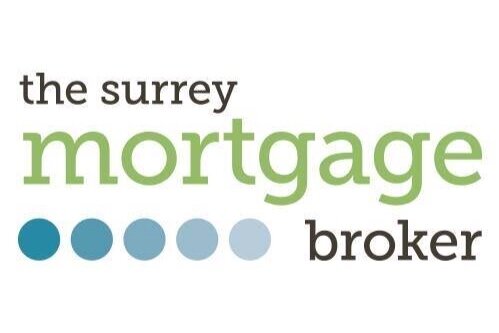Is it better to fix now and if so for 2 years or 5 years? This has been one of the most common questions among our clients and in the mortgage industry over the past six months.
Personal circumstances alone often don't provide a clear direction. This is where our Fixed Deal Comparison tool proves invaluable.
The tool considers several key factors when providing an outcome:
1) Length of the deals being compared (e.g. 2 vs 5 years, 3 vs 5 years, etc.)
2) Remortgage costs
3) Overpayments
4) Movements in Loan-to-Value (LTV)
5) Property price changes
6) Historic relationship between Bank of England rates and Fixed Mortgage rates
By combining clients’ personal circumstances with a solid analytical approach to financial planning, backed by strong understanding of macroeconomic undercurrents help us to deliver the best outcomes to our clients.
Let’s have a look at the case study to illustrate the process.
The Client: First-time buyer, single
Dilemma: as it was their first mortgage, fixing for 5 years (the cheapest option at the time) felt daunting. She was unsure about managing finances, now that she will be living alone. While the budget suggested that she could comfortably afford to service the debt and make some overpayments on both, 2- and 5- year deals, she was unsure how much potentially worse off she could be over the longer-term if she fixes the rate for just 2 years and then spend time and money on remortgaging again.
Case study details (March 24):
Property value: £250,000
Loan amount: £200,000 (LTV 80%)
Loan term: 34 years
OUTCOME:
Over 2 years, she would pay £2,735 more on a 2-year deal vs. a 5-year deal.
At this stage we ask three key questions:
1) What will your financial situation likely be after 2 years?
2) What mortgage rate would make you at least as well off as the 5-year deal available today?
3) How likely we are to see that rate in 2 years’ time?
The client wanted to look at the two scenarios.
Scenario 1: Overpaying around 5% of the debt over the next 2 years
OUTCOME: Based on the below assumptions the fixed rate deals should be 4.63% or less at LTV of 75% to make her better off over the 5-year period.
The graph below displays historical data featuring the monthly averages of 2-year (blue) and 5-year (purple) mortgage rates. These are overlayed with the Bank of England's base rate (green).* A target mortgage rate is represented by a straight pink line across the chart.
*Source: Bank of England Database: Monthly Interest rates of UK monetary financial institutions (excl. Central Bank).
OUTCOME: Last time we saw this level of fixed rates was in January 24 when BOE rate was 5.25% with a positive economic outlook.
This gave the client a high level of confidence that, if she can contribute around 5% of the debt, going for a 2-year deal would be advantageous.
Scenario 2: Not overpaying and using disposable income to save and invest
OUTCOME: Fixed-rate deals need to be 4.21% or less at an LTV of 80/85% to make her better off over the 5-year period.
OUTCOME: Last time we saw this level of fixed rates was in September 22 when BOE rate was 2.25% with a negative economic outlook.
The client didn’t believe that this rate outcome was achievable in 2-years’ time under normal economic conditions.
Ultimately, the client decided to commit to overpayments and felt very comfortable choosing a 2-year deal.
“…The tools Maria used helped me understand my financial circumstances, organise my documents and model the impact of the various mortgage options. The transparent and knowledge driven process empowered me to make the best decision for my circumstances….” Francia, May 2024
Choosing the right fixed deal requires careful thought. Don't navigate this complex decision alone. We are here to support and bring you more confidence in your final decision.
Contact us to schedule your consultation and make the best choice for your unique situation.
Maria Dankova
CeMAP qualified Mortgage and Protection Adviser
MSc in Economics






